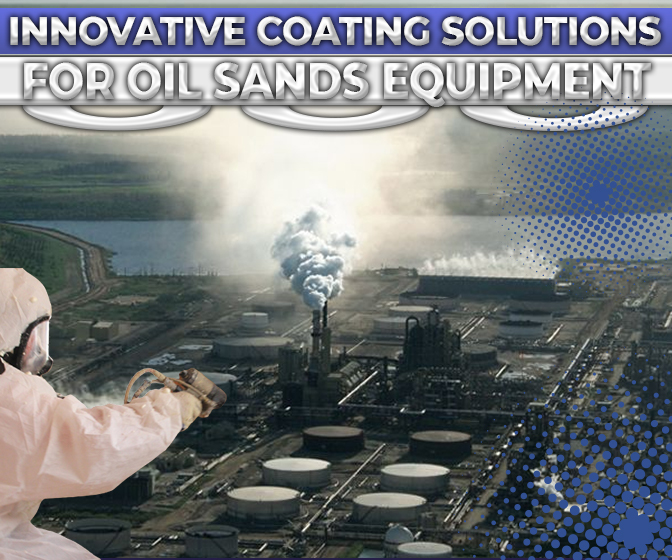So What Is Secondary spill containment?

Secondary spill containment is the containment of dangerous liquids to prevent contamination of soil and water. Common techniques include the use of spill berms to contain oil-filled equipment, fuel tanks, truck washing decks, or any other places or items that may leak dangerous liquids.
Contents
Definition
Secondary spill containment involves the sequestration of hazardous waste to prevent the contamination of local soils and water.
In the electrical utility industry
Adaptable Secondary Oil Containment around a Transformer.
United States Environmental Protection Agency (EPA) Spill Prevention, Control, and Countermeasure (SPCC) guidelines require that facilities that store large quantities of petroleum must have a plan in place to contain a spill. The purpose of the SPCC rule is to establish requirements for facilities to prevent a discharge of oil into navigable waters or adjoining shorelines. Within the electrical utility industry, oil-filled transformers are often in need of secondary containment.
Outdated secondary containment procedures such as concrete catch-basins are quickly losing ground to solutions that offer more cost-effective spill or leak cleanup.
One example of a more cost-effective method involves placing a geotextile boom filled with oil solidifying polymers around a transformer. These geotextile barriers allow for the flow of water, but completely harden oil in the event of leakage and effectively seal the spill. Many electrical utility companies are switching to this method because it saves them significant amounts of money when a discharge occurs because there is no need to employ vac-trucks afterward to clean up a spill inside a catch-basin.
Portable spill containment
Portable spill containment around fracking facilities
Portable containment berms are essentially a basin that can catch many different types of hazardous liquids and chemicals. They are a form of secondary spill containment useful for containing mobile equipment such as oil drums, trucks, tankers and trailers. Unlike geotextile berms, portable berms usually do not solidify oil. Many organizations that incorporate the use of fracking use spill containment berms to catch contaminated water that is a by-product of the operation. Each well site has multiple trucks that transport water used in subterranean right drilling procedure.















0 Comments